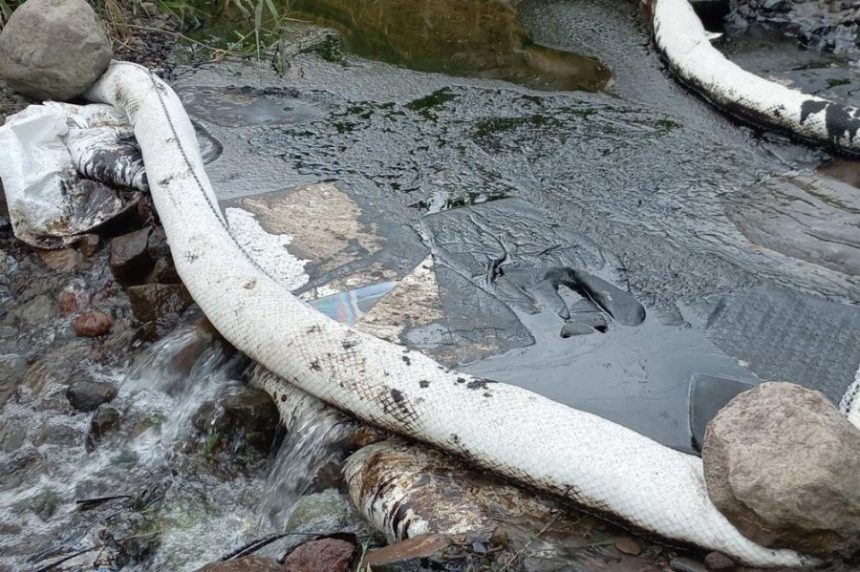Nov. 3 (UPI) — The state-owned oil company Petroecuador has declared an emergency in the Trans-Ecuadorian Pipeline System, or SOTE, its main crude transport line, after landslides triggered by activity from the El Reventador volcano in the Amazonian province of Napo.
The measure will accelerate mitigation work and allow urgent contracts to protect infrastructure from the risk of spills and structural damage, the newspaper Primicias reported.
The SOTE, which carries more than 60% of Ecuador’s oil from Amazonian fields to the port of Esmeraldas, runs through one of the country’s most unstable areas that also is affected by regressive erosion from the Coca River.
According to a Petroecuador resolution signed by general manager Leonard Bruns, the event was classified as “unforeseeable” under the Public Procurement Law because of the combined effects of volcanic activity, heavy rainfall and unstable terrain.
It is the second emergency declared this year along the same section of the pipeline. In July, erosion at the confluence of the Coca and Loco rivers forced operations to shut down for nearly a month on both the SOTE and the OCP, Ecuador’s second major oil pipeline operated by a private company.
The stoppage sharply reduced national production and caused losses of more than $100 million due to halted exports.
Although the new emergency has not completely stopped the flow of crude, Petroecuador warned of imminent risks if erosion and volcanic activity continue to advance. Technicians are working on “Variant No. 10” of the SOTE, a two-kilometer detour in the area at which the Coca and Loco rivers meet, considered one of Ecuador’s most geologically vulnerable zones.
Petroecuador said its goal is to prevent a rupture in the pipeline and ensure the continued transport of about 330,000 barrels per day — Ecuador’s main source of exports and foreign revenue. Each day of suspension could mean losses exceeding $20 million, according to official estimates based on the average price of Oriente crude.
The emergency declaration, in effect for 60 days, allows direct contracts for specialized work and services without the usual bidding deadlines.
Petroecuador said the projects will include slope stabilization, drainage, pipeline reinforcement and continuous monitoring of the erosion front, as well as installing an early warning system for nearby communities.
Since 2020, regressive erosion of the Coca River has shifted its course several miles upstream, destroying roads, bridges and sections of both state and private pipelines. Experts warn that unless the ground is stabilized and the pipeline route redesigned, the risk of further disruptions will remain.
“We are acting with the utmost urgency to protect the infrastructure and prevent a major environmental impact,” Petroecuador said in a statement, stressing that the emergency is meant to prevent damage, not respond to one that has already occurred.
In 2025, Ecuador’s oil production has ranged between 400,000 and 450,000 barrels per day following the July shutdowns of the SOTE and OCP pipelines, down from 467,000 barrels per day before the emergency. The government aims to close the year at around 500,000 barrels per day if mitigation work and new investments prove effective.
During the first half of this year, oil accounted for only 24.2% of Ecuador’s exports, compared with 31.2% a year earlier.









